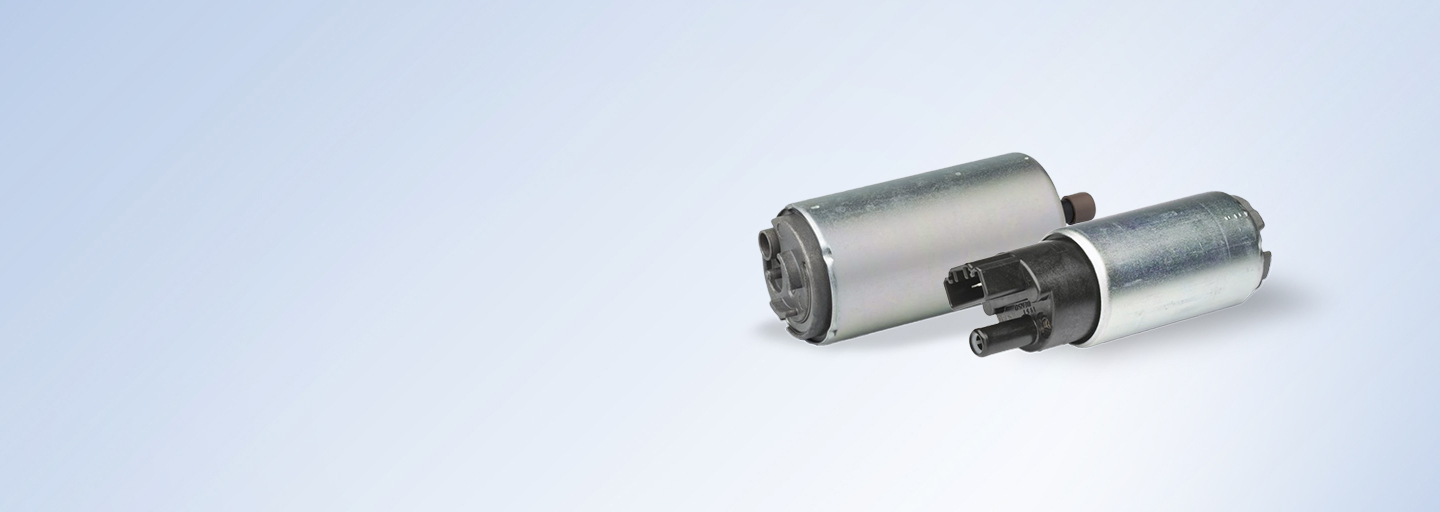To keep your engine running efficiently for its entire lifetime, fuel needs to be delivered reliably from the tank under a high pressure that is specific to your vehicle’s requirements. The fuel pump is key to this process and ensures that fuel is transported to the rest of the engine quickly and efficiently.
DENSO provides in-tank fuel pumps which are the most widely used and are located within the fuel tank itself. The positioning of an in-tank fuel pump means the noise from the electric motor is reduced and the pump is continuously supplied with fuel, keeping the motor lubricated and cool. When the impeller of an in-tank fuel pump rotates, the blade moves around the impeller. This creates a swirling motion inside the pump which then passes fuel around the motor, forcing the check valve upwards to supply fuel to the fuel pipe.
The turbine technology inside DENSO’s in-tank fuel pumps offers greater supply capacity and better control over the discharge volume, meaning the performance can be adjusted to suit the operating conditions of particular engines.





